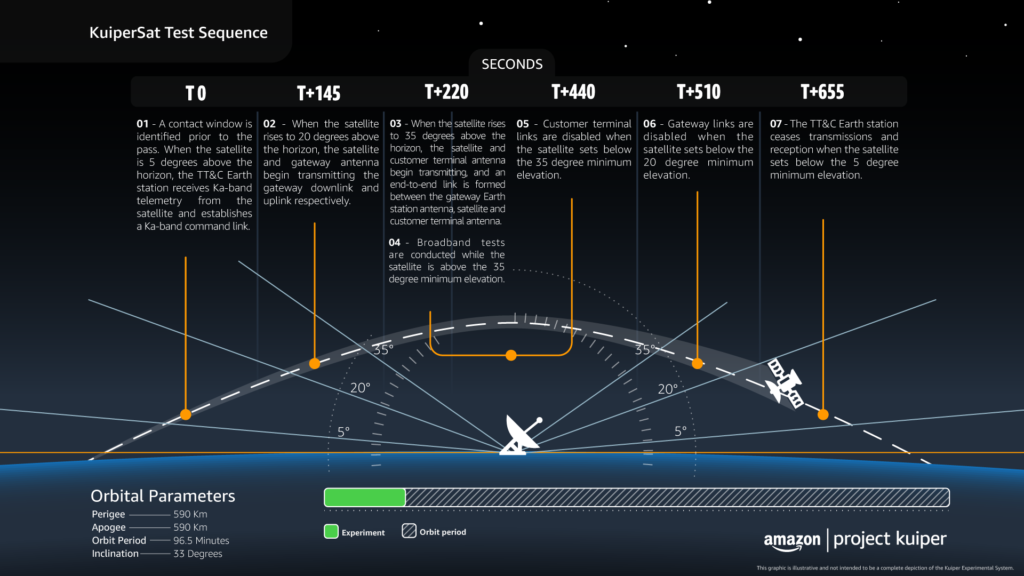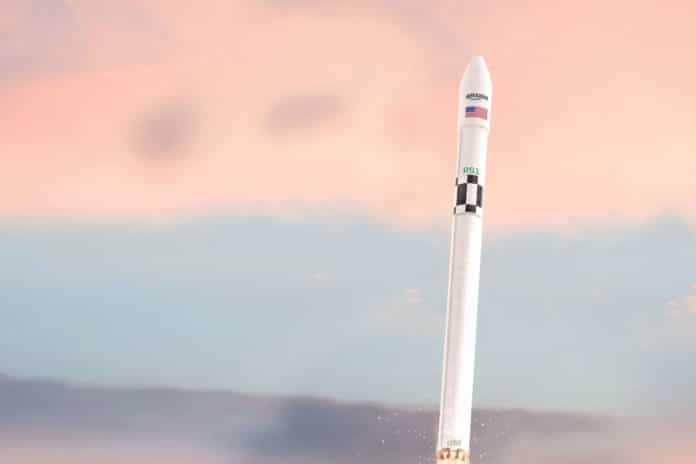Amazon continues to make progress on Project Kuiper, a low Earth orbit (LEO) satellite constellation that will provide fast, affordable broadband to unserved and underserved communities around the world. Kuiper Systems, the Amazon subsidiary that will operate Project Kuiper, has now shared plans to launch and deploy the first two prototype satellites into low-Earth orbit by the end of 2022.
Operating under an experimental license from the US Federal Communications Commission (FCC), these satellites – KuiperSat-1 and KuiperSat-2 – will test the communications and networking technology that will be used in the final satellite design. The pending license will also help the company validate launch operations and mission management procedures that will be used when deploying a full constellation.
KuiperSat-1 and KuiperSat-2 will include much of the technology and sub-systems that power the production version of satellite design, including phased array and parabolic antennas, power and propulsion systems, and custom-designed modems. The team will also conduct experimental tests using prototypes of low-cost customer terminal, which has been designed to provide fast, reliable service at a more affordable price than legacy antennas. The prototypes will also test methods for reducing light pollution by the satellite constellation using a new sunshade.

These two prototypes will be launched into orbit atop RS1 rockets and the GS0 launch system built and operated by ABL Space Systems. The prototypes are designed for atmospheric demise and will be actively deorbited after the mission so they burn up in the Earth’s atmosphere, which will help avoid and mitigate the risk of orbital debris.
Project Kuiper is Amazon’s plan to build a network of 3,236 satellites in 98 orbital planes in three orbital shells at an altitude between 590 and 630 km (370 and 390 miles). It is expected to take up to a decade to fully deploy all 3,236 satellites planned for the full constellation in order to provide internet to “tens of millions of people who lack basic access to broadband internet.” Early service from Kuiper is set to begin once Amazon has 578 satellites in orbit.
“Kuiper’s mission to bring high-speed, low-latency broadband service to underserved communities is highly motivating for our team here at ABL,” said Harry O’Hanley, CEO of ABL. “Amazon will play a central role in the next generation of space infrastructure, and we’re proud to have been selected as their launch partner for these critical early flights.”
